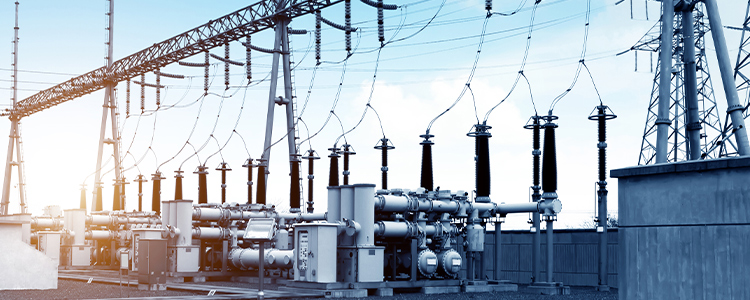- All
- Product Name
- Product Keyword
- Product Model
- Product Summary
- Product Description
- Multi Field Search


Views: 0 Author: Site Editor Publish Time: 2025-05-09 Origin: Site
The connection group number and short-circuit impedance are important technical indicators of a transformer. Different connection group numbers are used in different scenarios. The connection group number is a symbol that represents the connection method of the transformer windings and the phase relationship between the corresponding line electromotive forces of the primary and secondary sides. The connection group label is represented using the clock method and consists of two parts: characters and a number. The characters on the left side sequentially represent the connection methods of the high-voltage and low-voltage windings from left to right. The number can be an integer between 0 and 11, which represents the magnitude of the phase displacement of the line electromotive force of the low-voltage winding relative to that of the high-voltage winding. Multiplying this number by 30° gives the angle by which the line electromotive force of the low-voltage side lags behind that of the high-voltage side.
When the power factor of the load is constant, the voltage regulation rate of the transformer is basically proportional to the short-circuit impedance, and the reactive power loss of the transformer is proportional to the reactive component of the short-circuit impedance. Therefore, a smaller short-circuit impedance is preferred. However, the short-circuit current multiple is inversely proportional to the short-circuit impedance. The smaller the short-circuit impedance, the larger the short-circuit current. When the transformer is short-circuited, the windings will be subjected to huge electrodynamic forces and generate higher short-circuit temperature rises. In order to limit the short-circuit current, a larger short-circuit impedance is desired. But increasing the short-circuit impedance will increase the mass of the iron core, thus correspondingly increasing the manufacturing cost, and the load loss will also increase. So when choosing the short-circuit impedance, it is necessary to take into account both the electrodynamic force and the manufacturing cost. The selection of the short-circuit impedance of the transformer can be made according to the standard values given in "Technical Parameters and Requirements for Oil-Immersed Transformers" and "Technical Parameters and Requirements for Dry-Type Transformers".
The commonly used winding connection groups for three-phase transformers are Delta, Star, and Zig-Zag. Capital letters Y, D, and Z are used to represent high-voltage windings. For medium-voltage or low-voltage windings, the lowercase forms Y, D, and Z of the same letters are used. For Star or Zig-Zag connections with a neutral-point lead-out, YN (yn) or ZN (zn) are used for representation.

(1) Yyn0 Connection Group
Yyn0 linkage grouping transformer is suitable for the following occasions: three-phase load is basically balanced, and its low-voltage neutral current does not exceed 25% of the rated current of low-voltage winding. If the symmetry of voltage is considered (such as lighting load), the continuous neutral current should not exceed 10% of the rated current; Harmonic interference in the power supply system is not serious; 10kV distribution system; New construction try not to use this wiring form. The winding wiring sketch is as follows:


(2) Yd11 Connection Group
It is commonly used in the main transformers of 110/10kV distribution systems. The simplified winding connection diagram is as follows:


(3) Dyn11 Connection Group
Transformers with the Dyn11 connection group are applicable in the following situations: when the neutral line current caused by single-phase unbalanced loads exceeds 25% of the rated current of the low-voltage winding of the transformer; When there are large harmonic sources in the power supply system and the 3n-order harmonic currents are relatively prominent; In 10kV distribution systems; And they are suitable for various regions. The simplified winding connection diagram is as follows:


(4) Dzn0 Connection Group
Transformers with the Dzn0 connection group are suitable for the following scenarios: when the neutral point can withstand the rated current of the winding; When there are large harmonic sources in the power supply system and high-order harmonic currents are relatively prominent; When the neutral line current caused by single-phase unbalanced loads exceeds 25% of the rated current of the low-voltage winding of the transformer. The simplified winding connection diagram is as follows:


(5) Yzn11 Connection Group
Transformers with the Yzn11 connection group are suitable for the following scenarios: The Zig-Zag connected transformer not only has the characteristic of a delta-connected transformer that it can bear single-phase loads, but also has the characteristic of a neutral point that a star-connected transformer possesses. The Zig-Zag connection method is beneficial for preventing damage caused by lightning strikes and overvoltages, and is mostly used in areas prone to thunderstorms. The simplified winding connection diagram is as follows:

